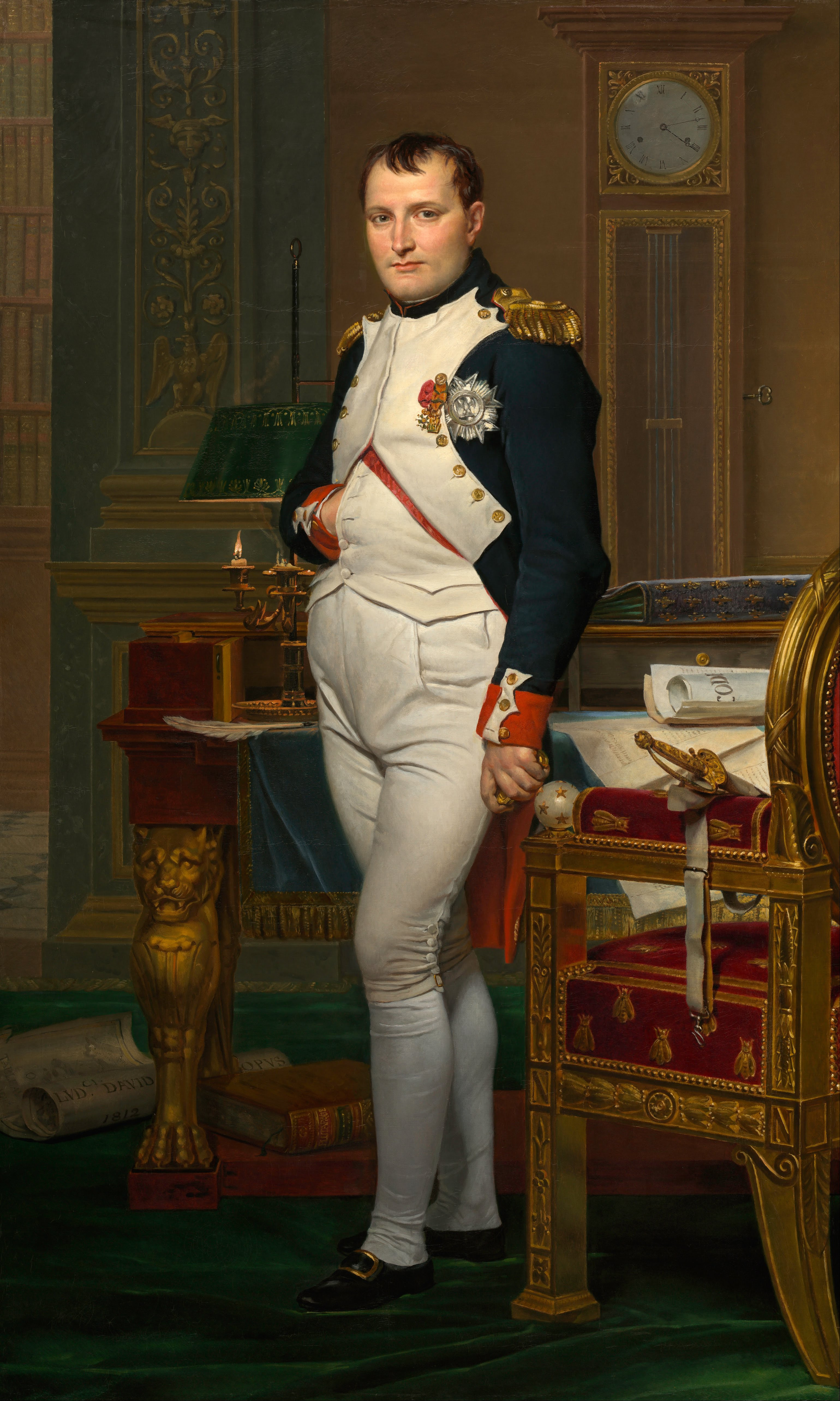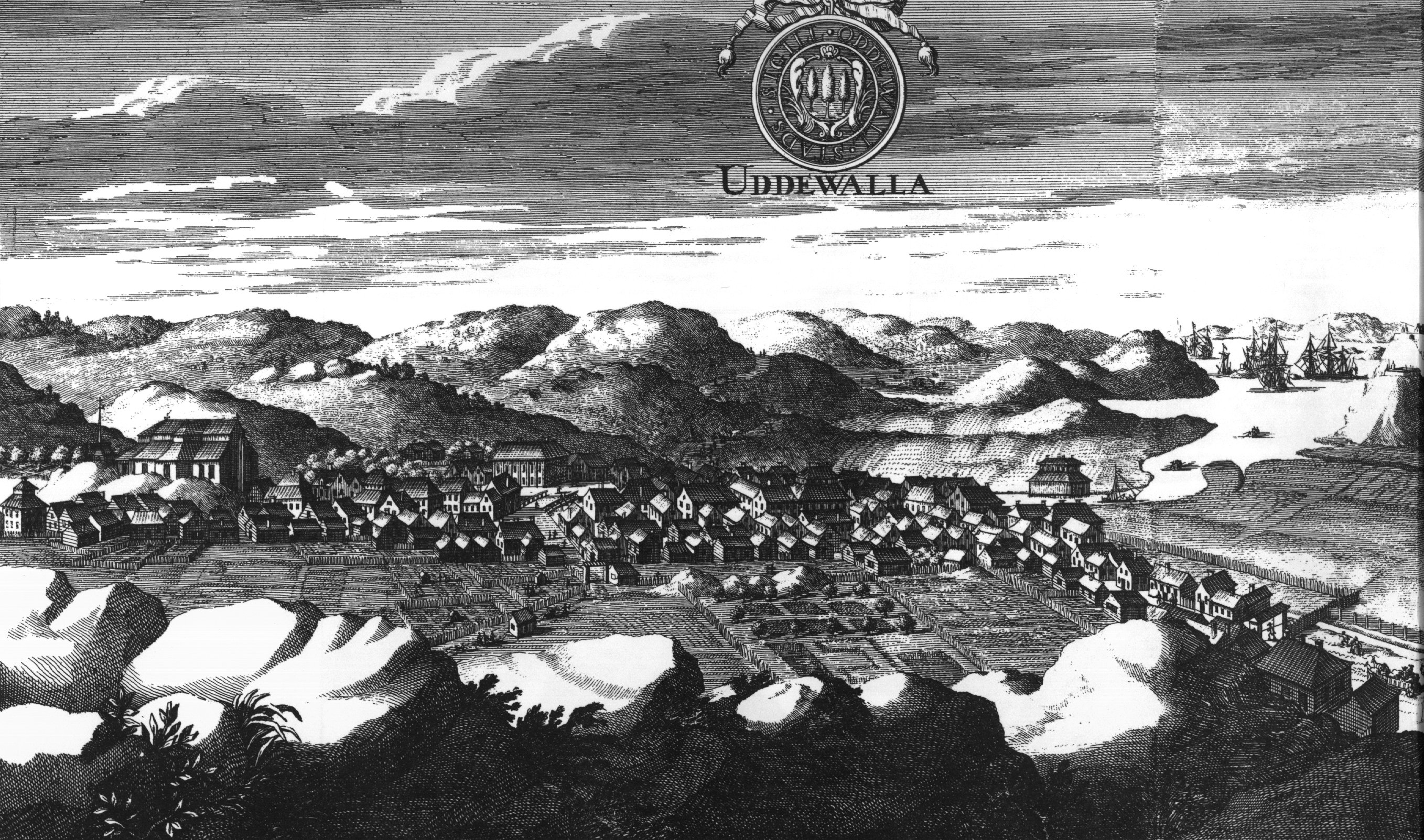|
Carl Trägårdh
Carl Ludvig Trägårdh (20 September 1861 – 5 June 1899) was a Swedish painter. Biography Trägårdh was born in Kristianstad, Sweden. He was the son of Lars Christopher Trägårdh and Göthilda Euphrosyne Littorin. Trägårdh studied with Per Daniel Holm (1835–1903) and Anders Kallenberg (1834–1902) at the Royal Swedish Academy of Arts in Stockholm from 1881 to 1883. From 1883 to 1884, he studied with Hermann Baisch (1846–1894) in Karlsruhe and with Joseph Wenglein (1845–1919) in Munich until 1885. He then moved to France where he became a resident for the rest of his life. He exhibited both in France (Bordeaux. 1891) and in Sweden (Helsingborg. 1897; Gothenburg. 1898) as well as at the World's Columbian Exposition during 1893 in Chicago. He received a couple of medals and found a patron in the French singer and art collector Jean-Baptiste Faure (1830–1914) who bought some 40 paintings by him. He died during 1899 at the Hôpital de la Pitié in Paris. His produ ... [...More Info...] [...Related Items...] OR: [Wikipedia] [Google] [Baidu] |
Kristianstad
Kristianstad (, ; older spelling from Danish ''Christianstad'') is a city and the seat of Kristianstad Municipality, Scania County, Sweden with 40,145 inhabitants in 2016. During the last 15 years, it has gone from a garrison town to a developed commercial city, today attracting visitors in the summertime mainly from Germany, Denmark and The Netherlands. History The city was founded in 1614 by King Christian IV of Denmark (the city's name literally means 'Town of Christian') as a planned city after the burning of the nearby town of Vä and moving the city rights of the neighbouring town of Sölvesborg and Åhus to the new town. The purpose of the town was to safeguard the eastern half of the Danish province of Scania against any future raids from Sweden in the north, but also as a symbol of the power of Christian himself. One of these raids had sacked the nearby town of Vä in 1612. Vä then lost its charter and the people were moved to the new, better fortified city. The king ... [...More Info...] [...Related Items...] OR: [Wikipedia] [Google] [Baidu] |
Gothenburg Art Museum
Gothenburg Museum of Art ( sv, Göteborgs konstmuseum) is located at Götaplatsen in Gothenburg, Sweden. It claims to be the third largest art museum in Sweden by size of its collection. Collections The museum holds the world's finest collection of late 19th century Nordic art. A highlight is the lavishly decorated Fürstenberg Gallery, named after a leading Gothenburg art donor, Pontus Fürstenberg and his wife Göthilda. Among the artists showcased are P.S. Krøyer, Carl Larsson, Bruno Liljefors, Edvard Munch, and Anders Zorn. The museum also houses older and contemporary art, both Nordic and international. The collection includes, for example, Monet, Picasso and Rembrandt. The Museum has been awarded three stars in the Michelin Green Guide (Green Guide Scandinavia). Architecture The museum building was designed for the Gothenburg Exhibition (''Jubileumsutställningen i Göteborg'') in 1923 by architect Sigfrid Ericson (1879-1958). The eastern extension was added 1966 ... [...More Info...] [...Related Items...] OR: [Wikipedia] [Google] [Baidu] |
19th-century Swedish Male Artists
The 19th (nineteenth) century began on 1 January 1801 ( MDCCCI), and ended on 31 December 1900 ( MCM). The 19th century was the ninth century of the 2nd millennium. The 19th century was characterized by vast social upheaval. Slavery was abolished in much of Europe and the Americas. The First Industrial Revolution, though it began in the late 18th century, expanding beyond its British homeland for the first time during this century, particularly remaking the economies and societies of the Low Countries, the Rhineland, Northern Italy, and the Northeastern United States. A few decades later, the Second Industrial Revolution led to ever more massive urbanization and much higher levels of productivity, profit, and prosperity, a pattern that continued into the 20th century. The Islamic gunpowder empires fell into decline and European imperialism brought much of South Asia, Southeast Asia, and almost all of Africa under colonial rule. It was also marked by the collapse of the large S ... [...More Info...] [...Related Items...] OR: [Wikipedia] [Google] [Baidu] |
Swedish Male Painters
Swedish or ' may refer to: Anything from or related to Sweden, a country in Northern Europe. Or, specifically: * Swedish language, a North Germanic language spoken primarily in Sweden and Finland ** Swedish alphabet, the official alphabet used by the Swedish language * Swedish people or Swedes, persons with a Swedish ancestral or ethnic identity ** A national or citizen of Sweden, see demographics of Sweden The demography of Sweden is monitored by the ''Statistiska centralbyrån'' (Statistics Sweden). Sweden's population was 10,481,937 (May 2022), making it the 15th-most populous country in Europe after Czech Republic, the 10th-most populous m ... ** Culture of Sweden * Swedish cuisine See also * * Swedish Church (other) * Swedish Institute (other) * Swedish invasion (other) * Swedish Open (other) {{disambig Language and nationality disambiguation pages ... [...More Info...] [...Related Items...] OR: [Wikipedia] [Google] [Baidu] |
19th-century Swedish Painters
The 19th (nineteenth) century began on 1 January 1801 ( MDCCCI), and ended on 31 December 1900 ( MCM). The 19th century was the ninth century of the 2nd millennium. The 19th century was characterized by vast social upheaval. Slavery was abolished in much of Europe and the Americas. The First Industrial Revolution, though it began in the late 18th century, expanding beyond its British homeland for the first time during this century, particularly remaking the economies and societies of the Low Countries, the Rhineland, Northern Italy, and the Northeastern United States. A few decades later, the Second Industrial Revolution led to ever more massive urbanization and much higher levels of productivity, profit, and prosperity, a pattern that continued into the 20th century. The Islamic gunpowder empires fell into decline and European imperialism brought much of South Asia, Southeast Asia, and almost all of Africa under colonial rule. It was also marked by the collapse of the l ... [...More Info...] [...Related Items...] OR: [Wikipedia] [Google] [Baidu] |
1899 Deaths
Events January 1899 * January 1 ** Spanish rule ends in Cuba, concluding 400 years of the Spanish Empire in the Americas. ** Queens and Staten Island become administratively part of New York City. * January 2 – **Bolivia sets up a customs office in Puerto Alonso, leading to the Brazilian settlers there to declare the Republic of Acre in a revolt against Bolivian authorities. **The first part of the Jakarta Kota–Anyer Kidul railway on the island of Java is opened between Batavia Zuid ( Jakarta Kota) and Tangerang. * January 3 – Hungarian Prime Minister Dezső Bánffy fights an inconclusive duel with his bitter enemy in parliament, Horánszky Nándor. * January 4 – **U.S. President William McKinley's declaration of December 21, 1898, proclaiming a policy of benevolent assimilation of the Philippines as a United States territory, is announced in Manila by the U.S. commander, General Elwell Otis, and angers independence activists who had fought ... [...More Info...] [...Related Items...] OR: [Wikipedia] [Google] [Baidu] |
1861 Births
Statistically, this year is considered the end of the whale oil industry and (in replacement) the beginning of the petroleum oil industry. Events January–March * January 1 ** Benito Juárez captures Mexico City. ** The first steam-powered carousel is recorded, in Bolton, England. * January 2 – Friedrich Wilhelm IV of Prussia dies, and is succeeded by Wilhelm I. * January 3 – American Civil War: Delaware votes not to secede from the Union. * January 9 – American Civil War: Mississippi becomes the second state to secede from the Union. * January 10 – American Civil War: Florida secedes from the Union. * January 11 – American Civil War: Alabama secedes from the Union. * January 12 – American Civil War: Major Robert Anderson sends dispatches to Washington. * January 19 – American Civil War: Georgia secedes from the Union. * January 21 – American Civil War: Jefferson Davis resigns from the United States Senate ... [...More Info...] [...Related Items...] OR: [Wikipedia] [Google] [Baidu] |
Luleå
Luleå ( , , locally ; smj, Luleju; fi, Luulaja) is a city on the coast of northern Sweden, and the capital of Norrbotten County, the northernmost county in Sweden. Luleå has 48,728 inhabitants in its urban core (2018) and is the seat of Luleå Municipality (with a total population of 77,832). Luleå is Sweden's 25th largest city and Norrbotten County's largest city. Luleå has the seventh biggest harbour in Sweden for shipping goods. It has a large steel industry and is a centre for extensive research. It is also home to the Swedish Air Force Wing Norrbotten Wing (F 21) based in Luleå Airport. Luleå University of Technology is one of Sweden's three technology universities (the other two are KTH and Chalmers) and the northernmost university in Sweden. The university has approximately 15,000 students. History The town's Royal charter was granted in 1621 by King Gustavus Adolphus of Sweden. The original town was situated where Gammelstad (Old Town) is situated to ... [...More Info...] [...Related Items...] OR: [Wikipedia] [Google] [Baidu] |
Värmland
Värmland () also known as Wermeland, is a ''landskap'' (historical province) in west-central Sweden. It borders Västergötland, Dalsland, Dalarna, Västmanland, and Närke, and is bounded by Norway in the west. Latin name versions are ''Varmelandia'', ''Vermelandia'', ''Wermelandia'', ''Værmalandia'', ''Værmolandia'', ''Virmolandia'' and ''Vermillandia''. Some of the Latinised forms show the origin of the name to come from the large local lake by the name of (from older ''*Virmil''); others from the river name ''*Værma'', the main outlet of that lake. The province was originally part of Götaland, and became part of Svealand in 1815. Geography The largest lake is Vänern. Most streams of importance lead to Vänern. However, the province is rich in small lakes, ponds and streams. The scenery, with mountains and lakes, is usually regarded as picturesque and has inspired painters and writers. Western Värmland There are several mountain plateaus in the western p ... [...More Info...] [...Related Items...] OR: [Wikipedia] [Google] [Baidu] |
Uddevalla
Uddevalla (old no, Oddevold) is a town and the seat of Uddevalla Municipality in Västra Götaland County, Sweden. In 2015, it had a population of 34 781. It is located at a bay of the south-eastern part of Skagerrak. The beaches of Uddevalla are filled with seashells and Uddevalla has one of the largest shell- banks in the world. Uddevalla has a port and it once had a large shipyard, the ''Uddevallavarvet'' ("Uddevalla wharf"), which was the largest employer in Bohuslän during the 1960s. The 1970s recession, that affected the Swedish shipyard industry severely, led to the closing of the wharf in 1985. History Uddevalla received its town privileges in 1498, but thought to have been a place of trade long before that. Formerly, Uddevalla belonged to Norway, and its name today comes from the original Norwegian ''Oddevald'', which later turned into ''Oddevold''. Due to its close location to Sweden and Denmark, it was often besieged. In 1612, it was burnt down by Swedish tr ... [...More Info...] [...Related Items...] OR: [Wikipedia] [Google] [Baidu] |
Norrköping
Norrköping (; ) is a city in the province of Östergötland in eastern Sweden and the seat of Norrköping Municipality, Östergötland County, about 160 km southwest of the national capital Stockholm, 40 km east of county seat Linköping and 60 km west of the Södermanland capital of Nyköping. The city has a population of 95,618 inhabitants in 2016, out of a municipal total of 130,050,Folkmängd i Norrköpings kommun den 31 December 2010 making it Sweden's tenth largest city and eighth largest municipality. The city is situated by the mouth of the river , at [...More Info...] [...Related Items...] OR: [Wikipedia] [Google] [Baidu] |








